One of the challenges when choosing a Digital Command Control system is committing to a specific brand’s products. Usually if you have a brand X command station you can only use that brand’s throttles or accessories. Digikeijs takes a different approach with its DR5000 Digicentral command station by including command bus connectors that work with throttles and other components from many different manufacturers. The device also has built-in LAN and WiFi interfaces for computer and smart-device app control.
Set up. The DR5000 measures about 31⁄2 x 6 inches and has screw holes to mount to layout benchwork. The basic set from U.S. distributor Iron Planet Hobbies also included a power supply with adjustable voltage output (15 to 24V). Since I was testing HO and N equipment, I left the setting at 15V.
Setting up the DR5000 is easy but requires a Microsoft Windows PC. There are no manual controls on the device itself. Also note that the free software that controls the device isn’t available for Apple Macintosh or Linux computers.
After I downloaded the software from www.digikeijs.com into a laptop running Windows 7, I connected the supplied USB/mini USB cable between the laptop and the DR5000. When I opened the software, a digital version of the command station appeared on the screen. To turn on track power or to adjust settings on any of the connections I simply moved the on-screen cursor over the connector or button and clicked. The DR5000 has several light-emitting diodes (LEDs) that let me know the status of each connection.
A free downloadable user manual is available at the Digikeijs website, but I found it rather sparse. Instructional videos on the Iron Planet Hobbies website and those posted by other users on YouTube (especially rudysmodelrailway) proved much more helpful.
Running trains. Clicking the Control section of the DR5000 brings up a virtual throttle on the computer screen (see the photo above) that was intuitive and easy to use. However, the command station really shines when multiple throttles using different buses or connections are operated simultaneously.
The LocoNet T and XN + FB (XpressNet) connectors let me use Digitrax and Lenz throttles, respectively, to run trains. Other manufacturers’ components that support these protocols can also be used. For example, a CVP EasyDCC wireless receiver can be plugged into the XpressNet port to use CVP wireless throttles.
The new Iowa Scaled Engineering ProtoThrottle (see my review in the July 2018 Model Railroader) can be used with the DR5000. The device can also be used with Roco/Fleischmann Z21 system components, including that firm’s Multimaus throttle.
After setting up the WiFi connection, I ran trains using the Roco Z21 and Lenz RtDrive apps on my Android smartphone without having to connect any additional components to the DR5000.
Following another online video, I configured the DR5000 to work with Java Model Railroad Interface software. This let me use JMRI DecoderPro to program decoders and the WiThrottle (on Apple devices) and Engine Driver (on Android devices) apps to run trains.
For those who don’t use JMRI, the DR5000 software includes a configuration variable (CV) programming tool. The command station supports both programming on the main and service mode programming. I appreciated that the device includes separate programming track outputs with a built-in programming track booster, which ensured that the system could read CVs from every decoder that I tested.
As Digikeijs adds features, the DR5000’s firmware can be updated by the user via the internet. According to the U.S. distributor, one update on the horizon is adding compatibility with NCE products.
Expanding the system. The command station has a built-in optically isolated (OPTO) 3A booster. Additional 3A boosters (DR5033) are available. Boosters from other firms may also be used, but it’s important to remember not to mix the command station’s track output with any common-ground wired, non-optically isolated boosters.
Digikeijs sells LocoNet/XpressNet command bus hubs, occupancy detectors, feedback modules, servo controllers, and stationary decoders. The command station also works with other LocoNet or XpressNet accessories.
Combining several products, including a WiFi module, computer interface, and programming track booster, into one box, the multi-bus DR5000 command station is a powerful and versatile option for operating a DCC layout.
Price: $199
Manufacturer
Digikeijs B.V.
Rietmeent 230 / 231
1357CW Almere
Netherlands
www.digikeijs.com
Distributed in the United States by
Iron Planet Hobbies
5355 West Harrison Street
Springfield, MO 65802
www.ironplanethobbies.com
Features
• USB 2.0 and LAN computer interface
• S88N, LocoNet B & T, XpressNet, FB, PB & RS Bus Connections
• Separate programming track output and booster
• Built-in WiFi/WLAN router
• IR receiver compatible with Uhlenbrock IRIS and PIKO DigiFern (or other RC5/36 KHz remote controls)
• 3A output
• 15V-24V adjustable power supply
• Control 128 locomotives simultaneously
• Supports functions F0 to F28
• 14/28/128 speed steps
• Short or long addresses (up to 9999)
• Supports RailCom-equipped decoders





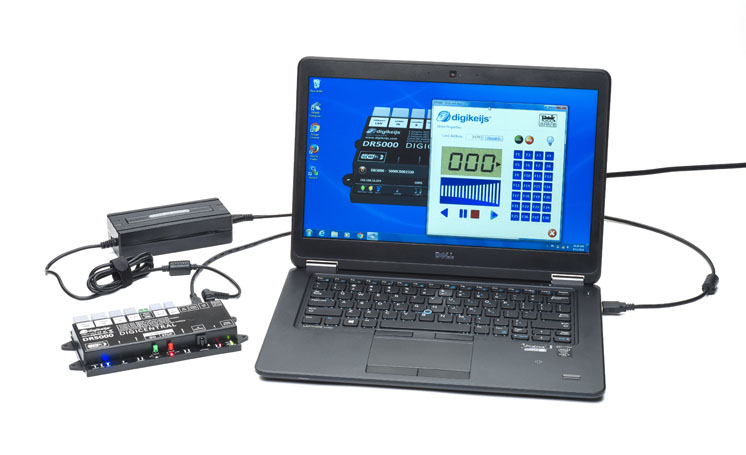
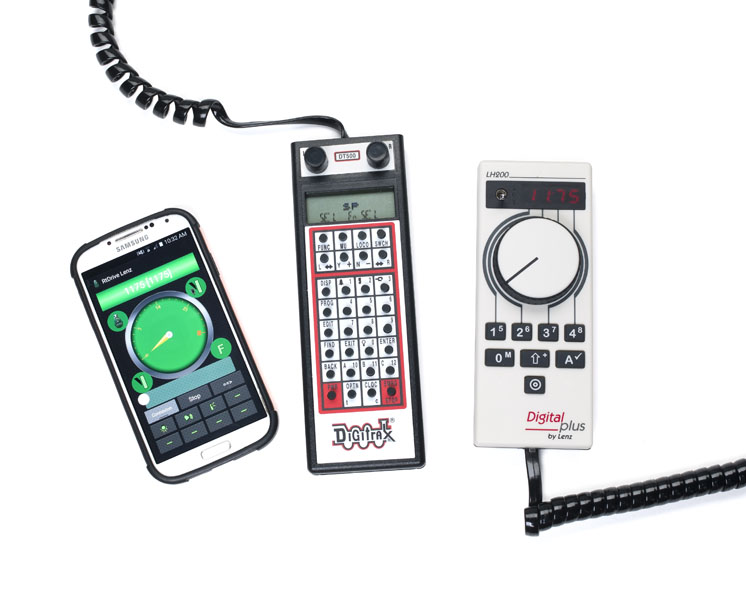

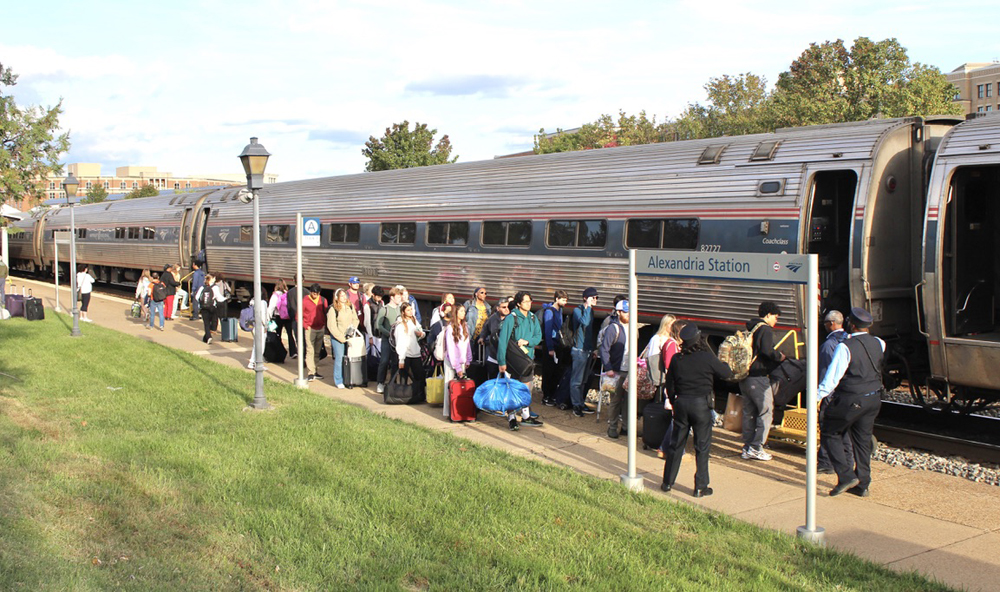
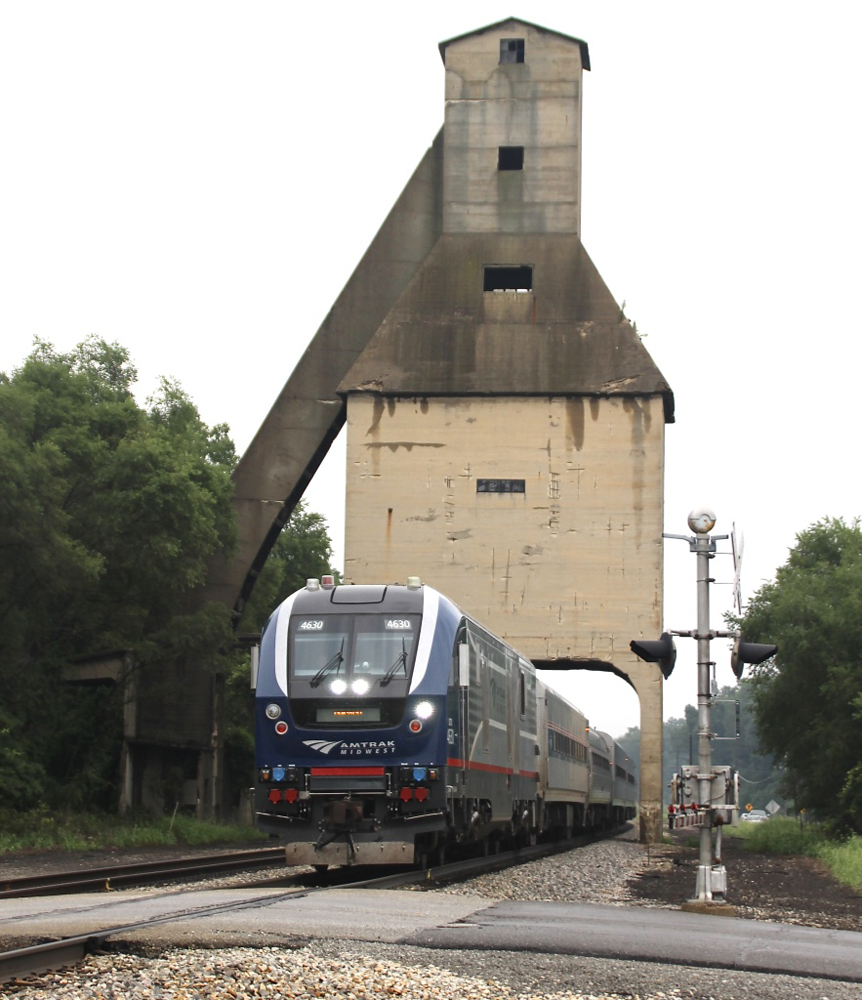
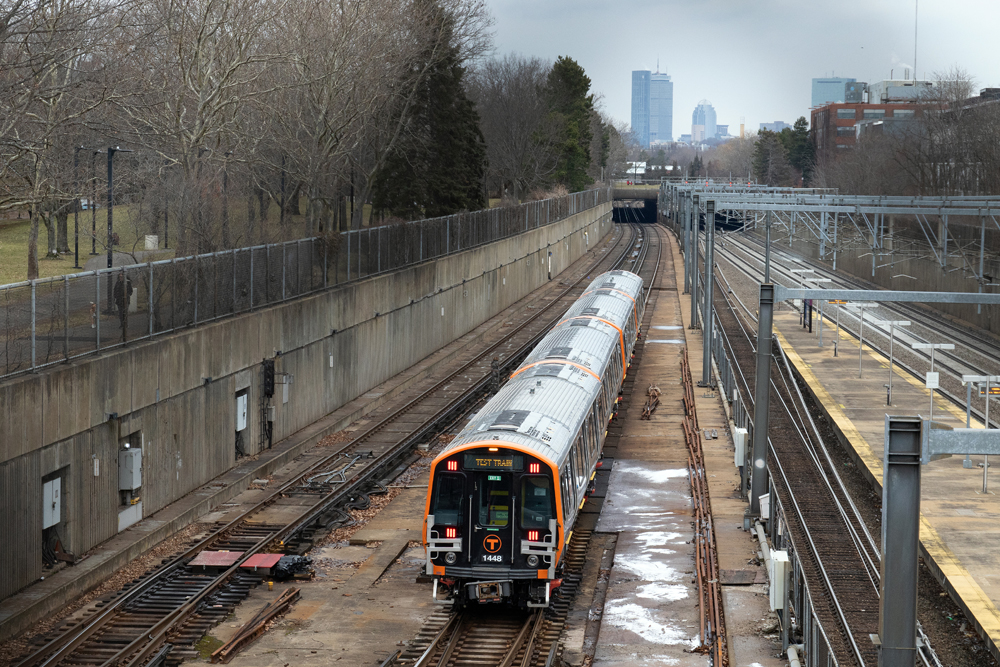
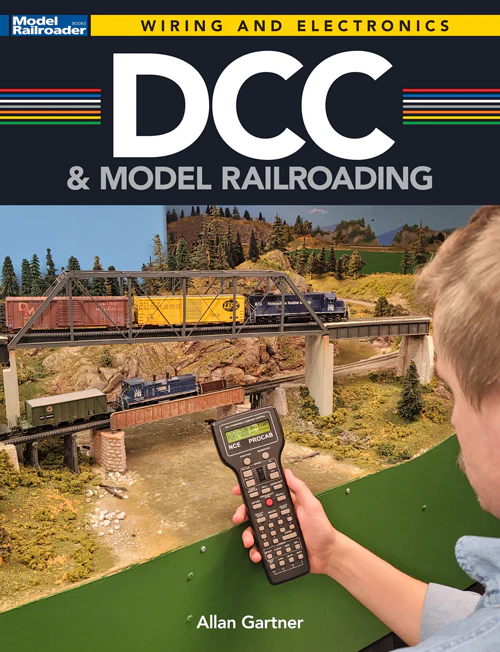

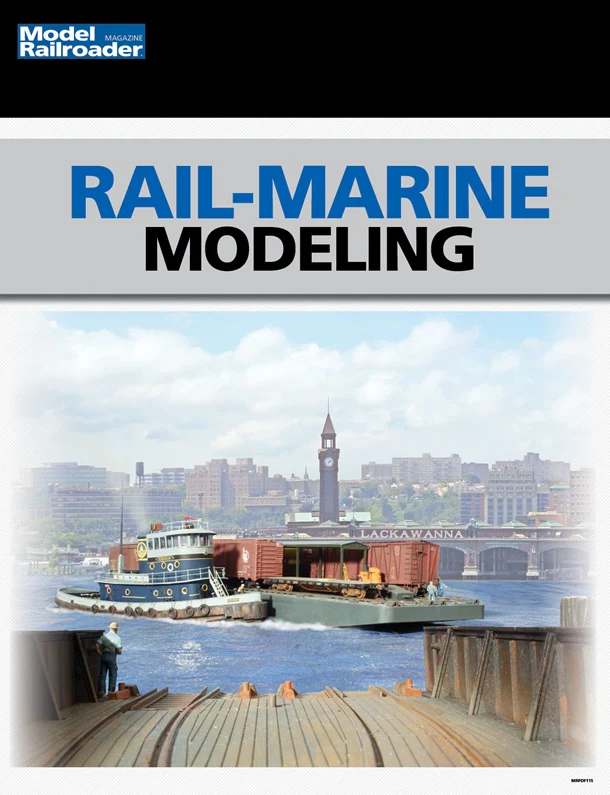

When will Digikeijs dr5000 be in stock.